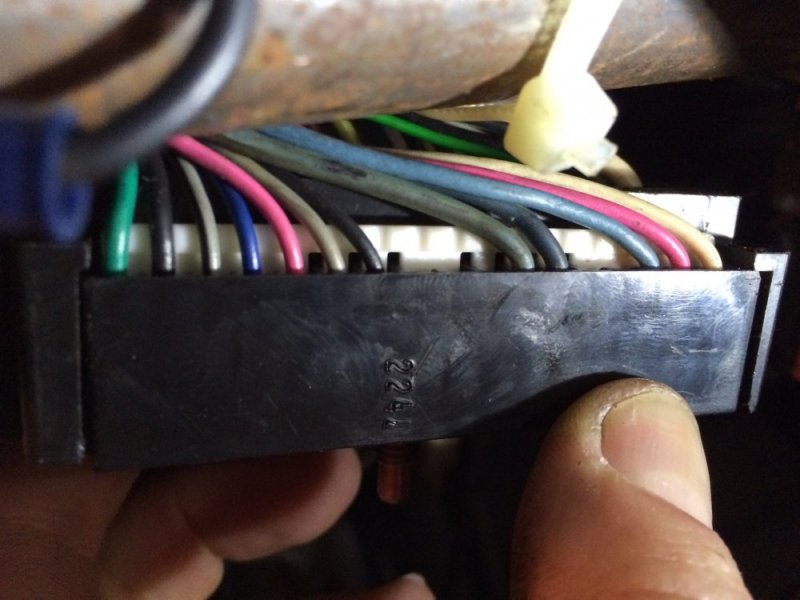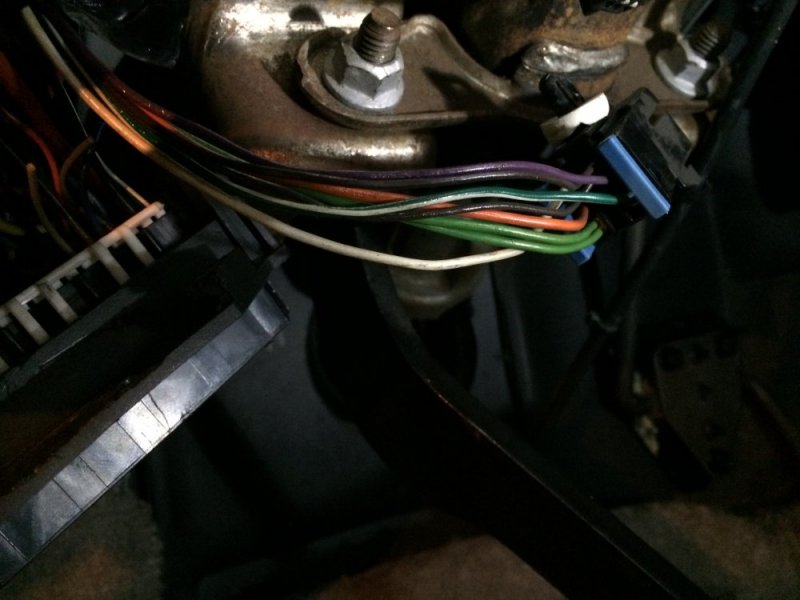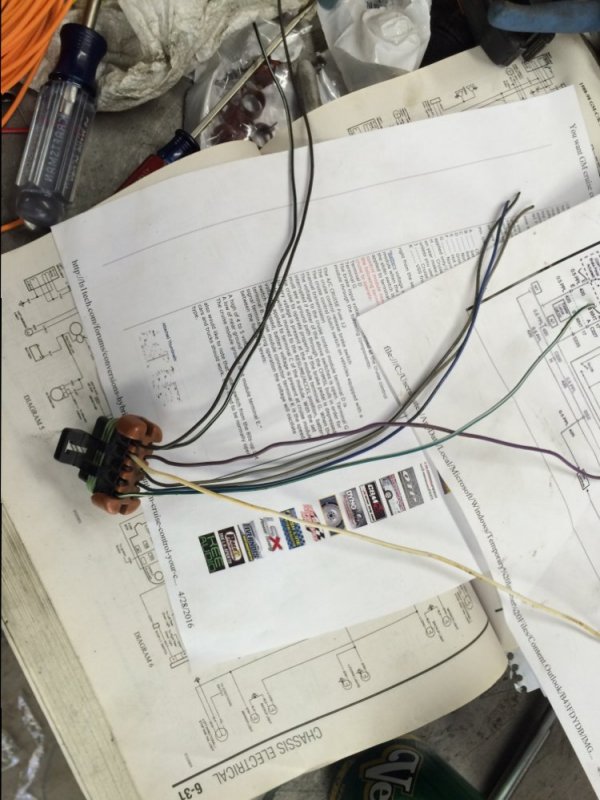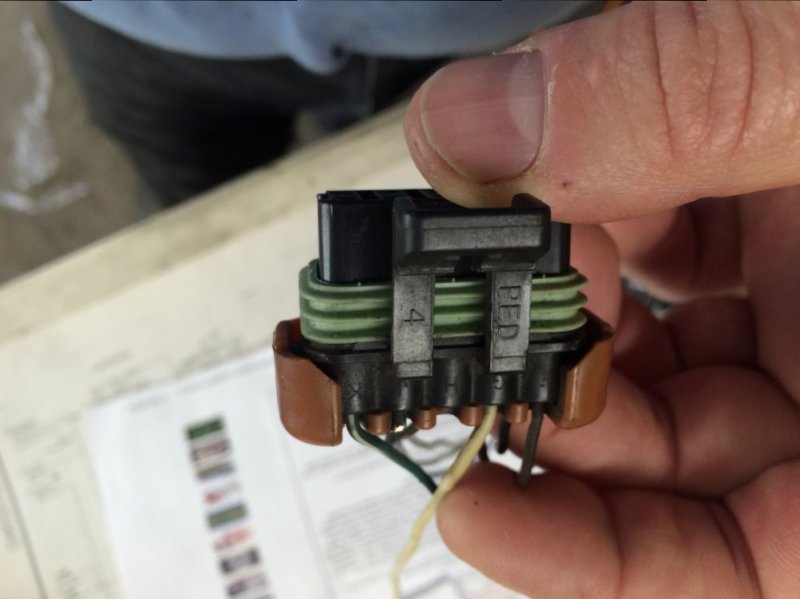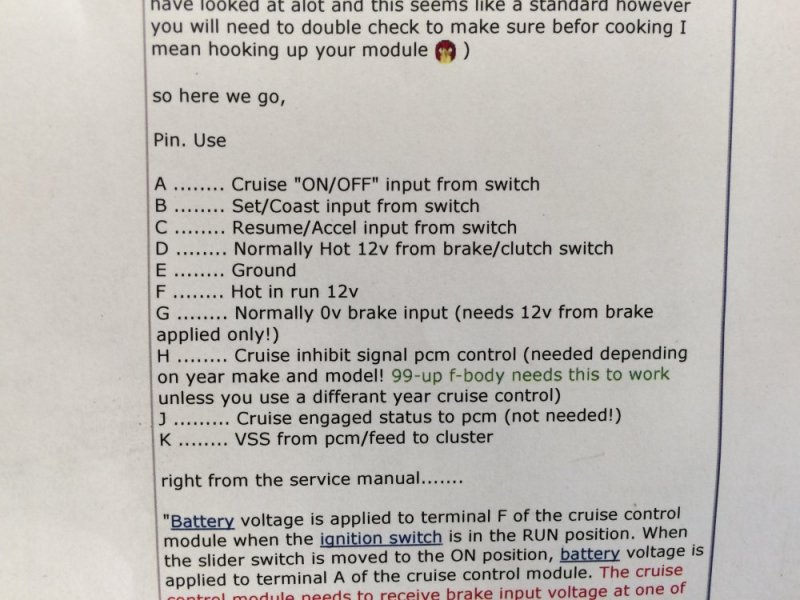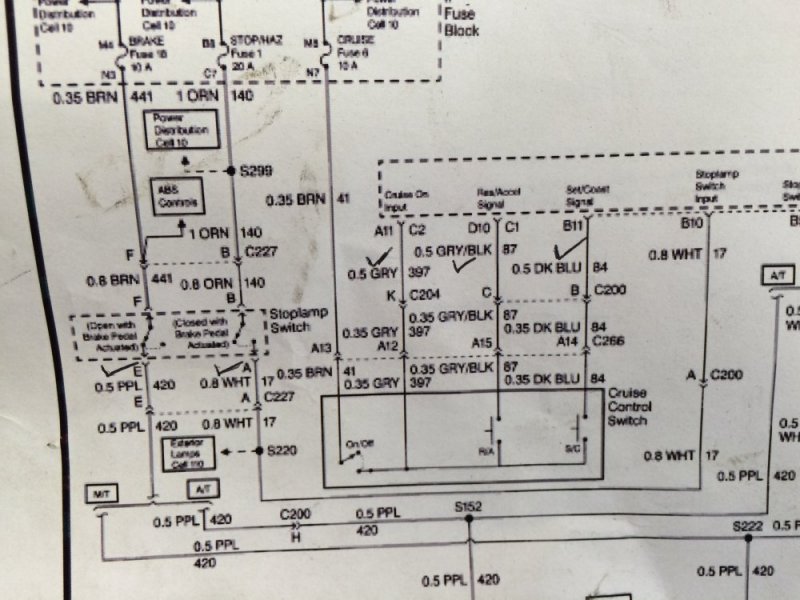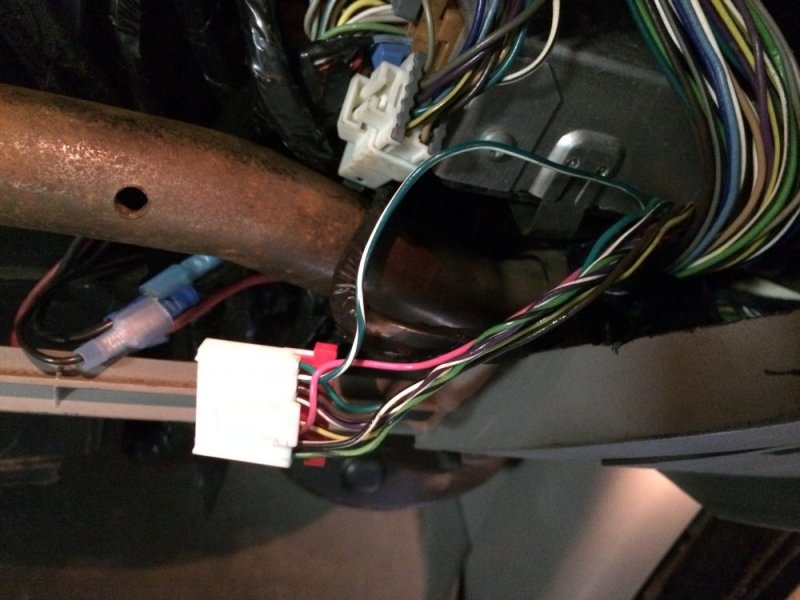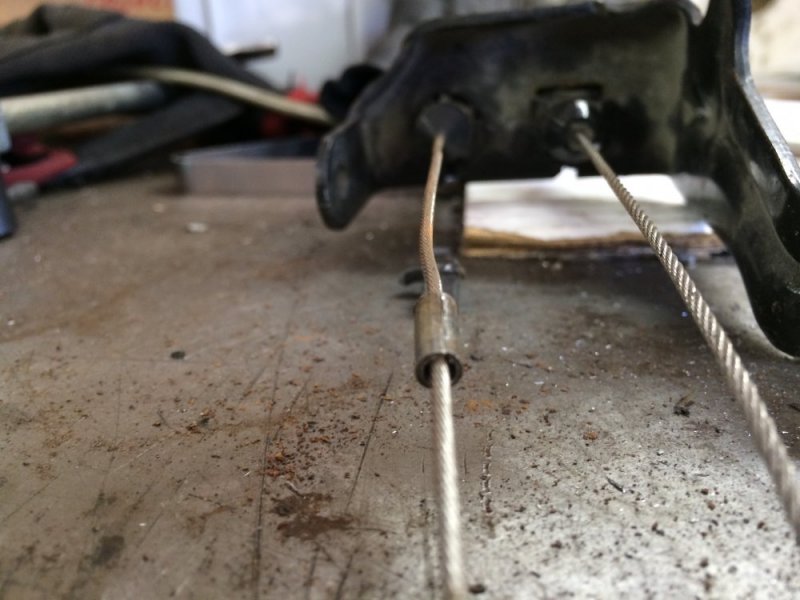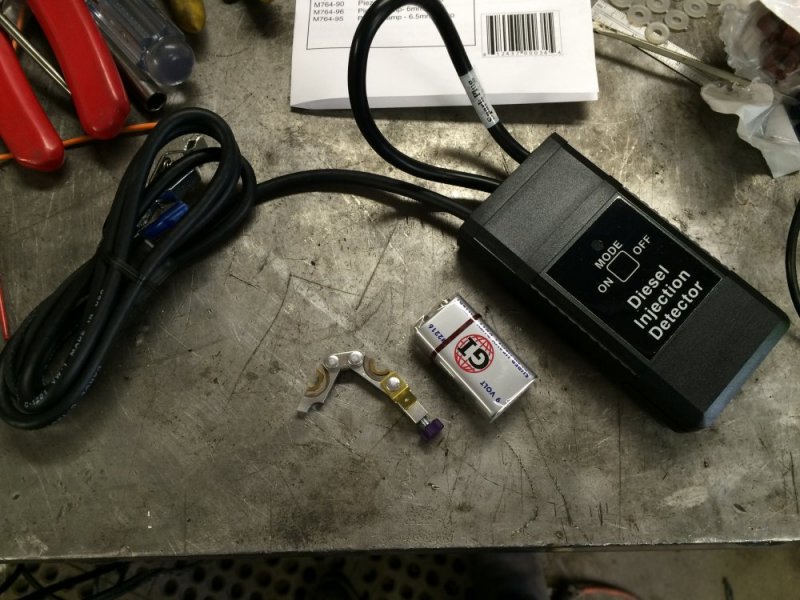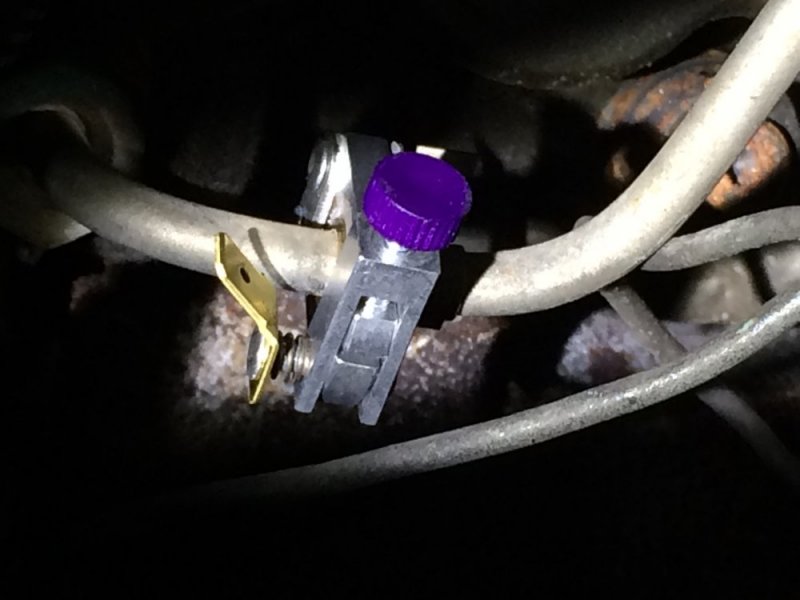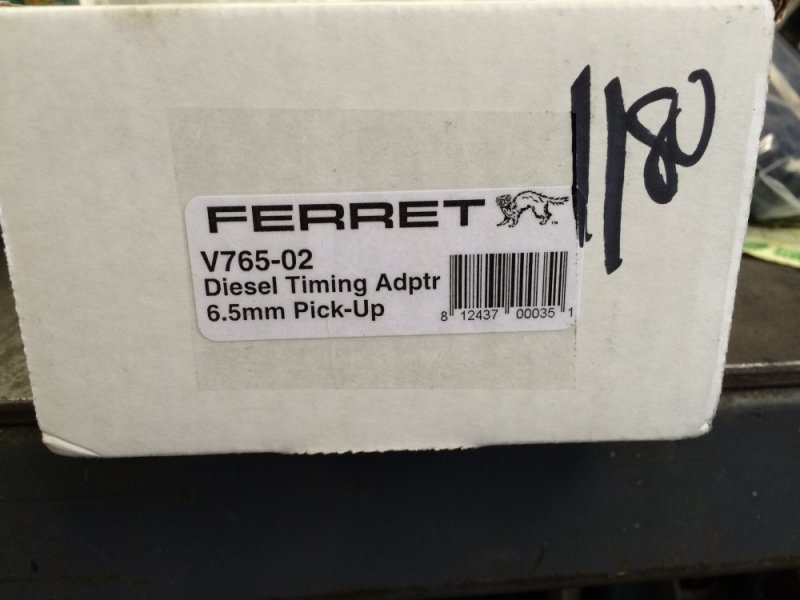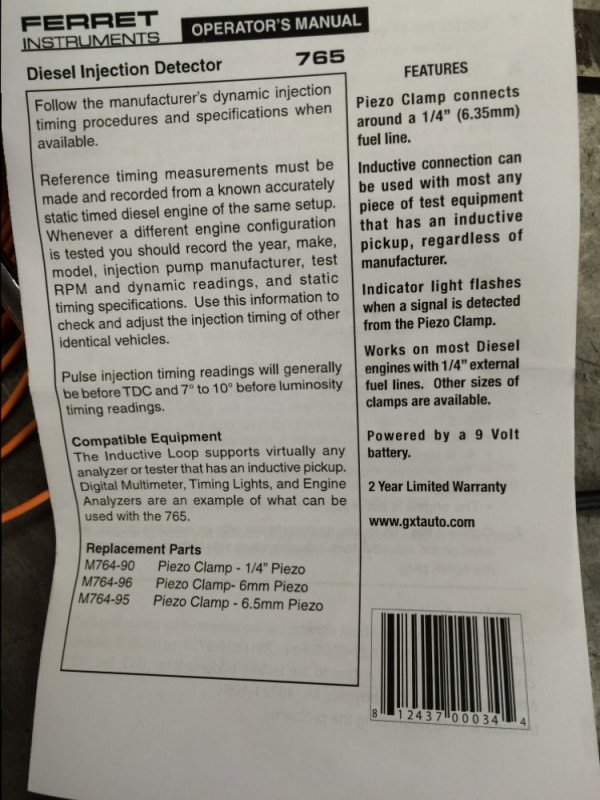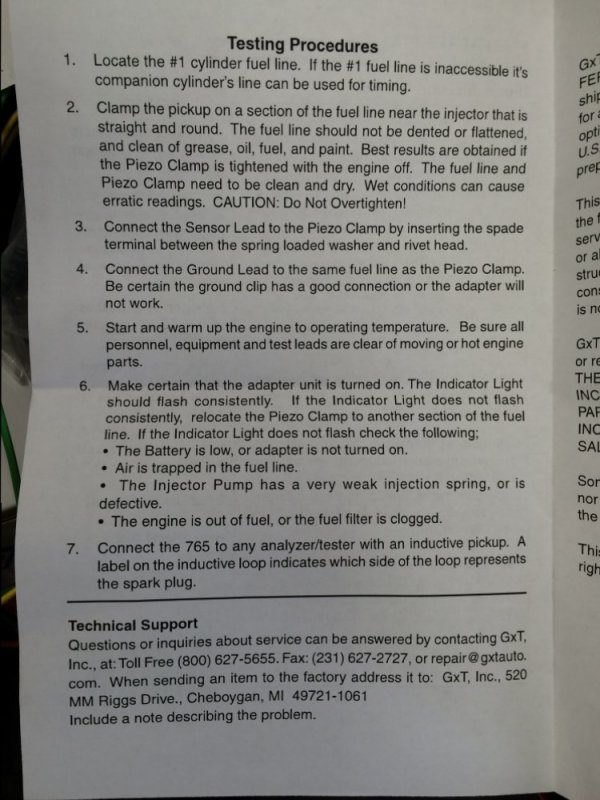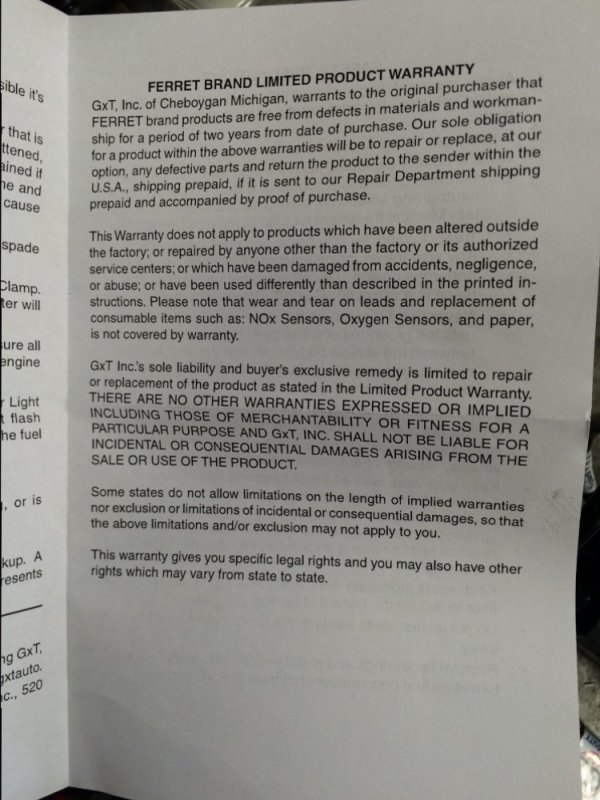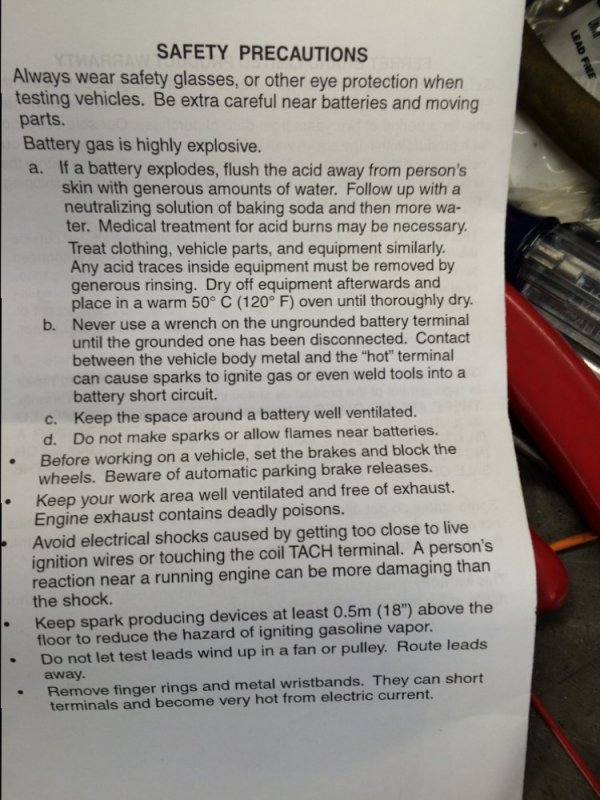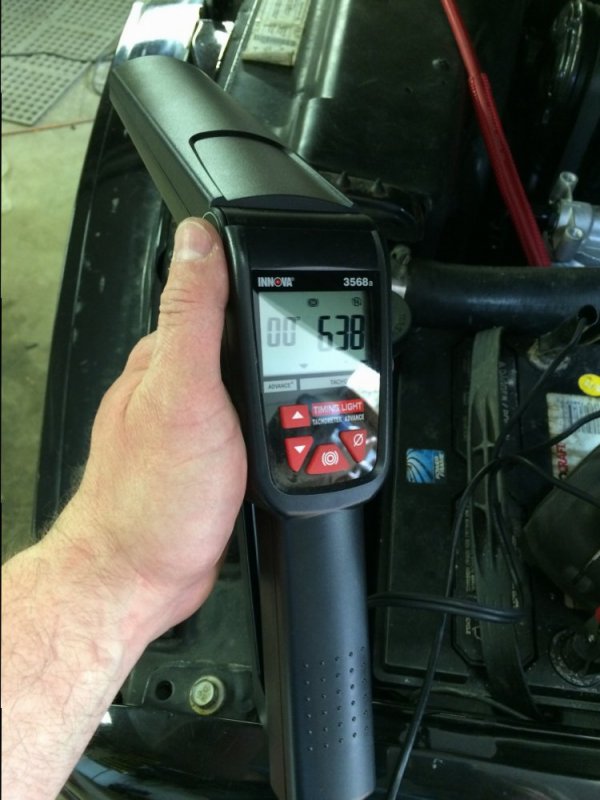FellowTraveler
Well-Known Member
@FellowTraveler I agree he is building boost very quickly at the bottom end, and a t4 would help more than the t3, moving more air would help his burn. Back in the day I did it with twin turbos iirc on t3 flanges. So yes more air.
The QSV is not going to give him a higher top end psi. It will simply ramp up to the peak boost quicker. Where he is a .5 now he could be at .6. Where at 1.5 now maybe he gets to 1.9 and so forth. By getting the boost sooner in the rpm band he will burn a little more fuel at lower rpm. I don't think it would eliminate all of the smoke, but 10-20% less is a big chunk.
Head gaskets don't pop because of the rate of acceleration. Think supercharger. If they handle 18 psi at high rpm, and you could have 18 psi at 1000 rpm and hold it there all the way up the band. Building boost faster is not going to pop a head gasket. If building it quicker allows you to hit a new peak at top end rpm then the potential is there to pop it at the new peak level when the shockwave is harder at higher rpm.
One more time back to my past: propane. While propane does have less btu, it has a much lower flashpoint. The propane igniting before the diesel drives the burn time much quicker allowing more diesel to burn in the same stroke degree. This means more of the fuel being put into the cylinder being burned in the same amount of time.
The propane comes in the cylinder through the intake valve (usually) where and how it's injected determines at what compression ratio it ignites. Liquid is up at 17:1 and full gasified is at 15.5:1 ratio. So if you want it to help the egt protecting the turbo seals the most, inject it pre turbo. For less egt cooling but a much faster burn of the diesel fuel, mounting it as close to the intake valve spraying in liquid form gets the most power out of it but a less clean burn. This requires a piezo injector tip, that usually lasts 5-10 minutes of life and the trons to operate them. Not worth it here at all. It was great for me at the dragstrip though. I also had a fogged spray shooting directly into my turbos to eliminate the heat from my incoming air and chill the turbo seals. That set up we later perfected on Shelby's build, and found the liquid injection at the end of the intake runners only being used up to 1,200 rpm greatly extending the injector life and overcoming lag. There is always lag on ANY turbo, compared to a supercharger.
My suggestion on propane would be post turbo. Nate doesn't need much here, and a little goes a long way for cleaning exhaust. He is not fighting tremendous egt, so going into the turbo isn't needed, let it do the cyclic effect of lower iat resulting in lower egt. Besides, it's not fair Leroy spends all your $, I want to help you spend some too.
He's already @ 2.9 pressure ratio on the big 40 which equates to 43 psi +- actual I go there myself and often so I voiced concern about the HG's.
Perhaps, a QSV would give it enough to eliminate the smoke down low & @ T4 housing could be the ticket too....
Increasing VE over what is already in the mix requires higher rpm's as I posted in http://www.thetruckstop.us/forum/threads/rpm-to-ve-cfm-flow-through-the-6-5td.45002/ I would not wander into higher boost unless someone can confirm they been there on a regular basis and no damage done, so more air & density...
Last edited:

